In today’s fast-paced world, finding time for fitness can feel impossible. Between work, family, and daily responsibilities, even a 30-minute workout can seem like a luxury. But what if you could improve how your body moves—without expensive equipment, a gym membership, or hours of effort?
Enter mobility training: a practical, low-impact way to enhance your body’s range of motion, reduce stiffness, and feel more agile in everyday life. The best part? You only need 25 minutes a day, minimal gear, and zero prior experience.
Mobility isn’t just for athletes or yogis. It’s about how well your joints move through their full range of motion. Unlike flexibility, which focuses on muscle length, mobility combines strength, flexibility, and neuromuscular control. Poor mobility can lead to stiffness, poor posture, and increased injury risk—even during simple tasks like bending down or reaching overhead.
The good news? Research and real-world experience show that even short, consistent mobility sessions can make a noticeable difference. Studies and anecdotal reports—from sources like CNN and Women’s Health—suggest that just 5 to 10 minutes of daily mobility work can improve movement quality over time. Scaling that up to 25 minutes allows for deeper, more comprehensive benefits without overwhelming your schedule.
The key to consistency is simplicity. Your routine should be easy to follow, require little to no equipment, and fit seamlessly into your day. Here’s a science-backed, practical framework you can follow:
Start with light movement to increase blood flow and prepare your joints. Think of this as priming your body for deeper work.
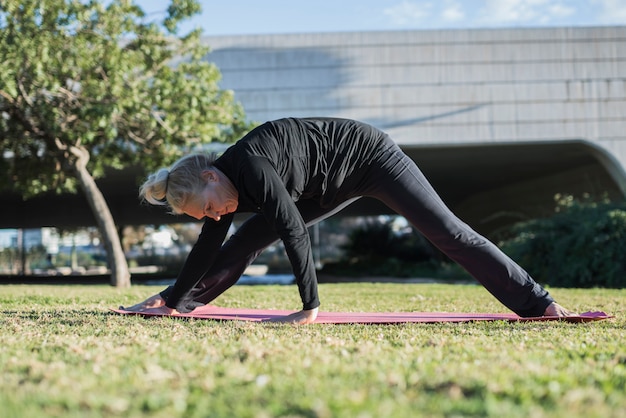
Target major joints with controlled, rhythmic movements. This helps lubricate joints, improve synovial fluid circulation, and increase range of motion.
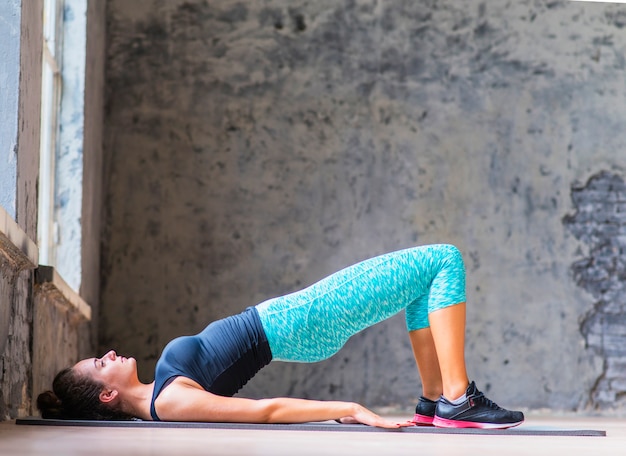
Now that your joints are warm, move through functional patterns that mimic real-life motions.
Finish by gently lengthening muscles and reinforcing new ranges of motion.
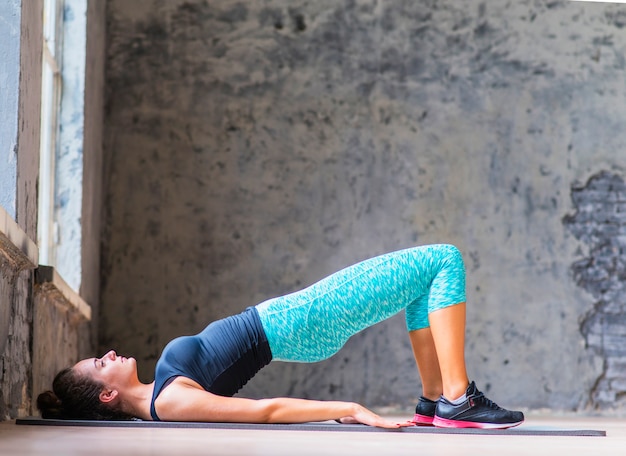
The biggest challenge isn’t the routine—it’s sticking with it. Here’s how to make mobility a habit:
Mobility loss isn’t inevitable with aging. With consistent effort, you can maintain—or even improve—how your body moves. Over time, you may notice:
Unlike intense workouts that can leave you sore or drained, mobility training leaves you feeling refreshed, looser, and more in tune with your body.
You don’t need hours, fancy equipment, or a fitness background to improve your mobility. Just 25 minutes a day—broken into simple, effective segments—can transform how you move and feel. Whether you’re sitting at a desk, lifting groceries, or playing with kids, better mobility means more freedom in your body.
Start today. Your future self will thank you.

Fitness

Fitness

Fitness

Fitness

Fitness

Fitness

Wellness
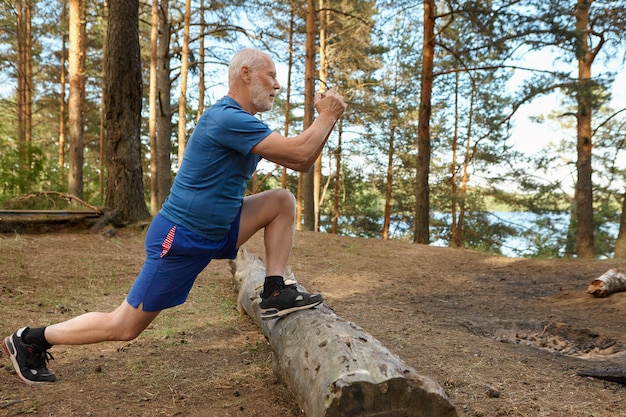
Fitness

Fitness

Health
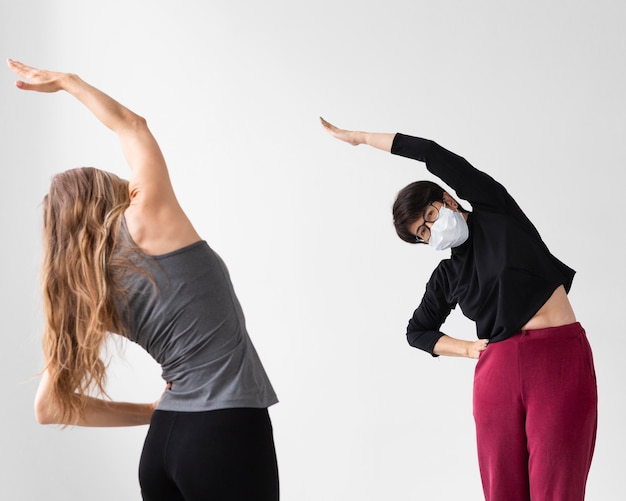
Fitness
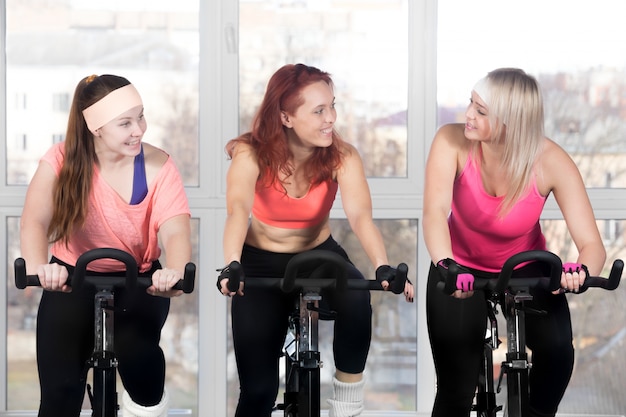
Fitness

Health

Fitness

Health

Health